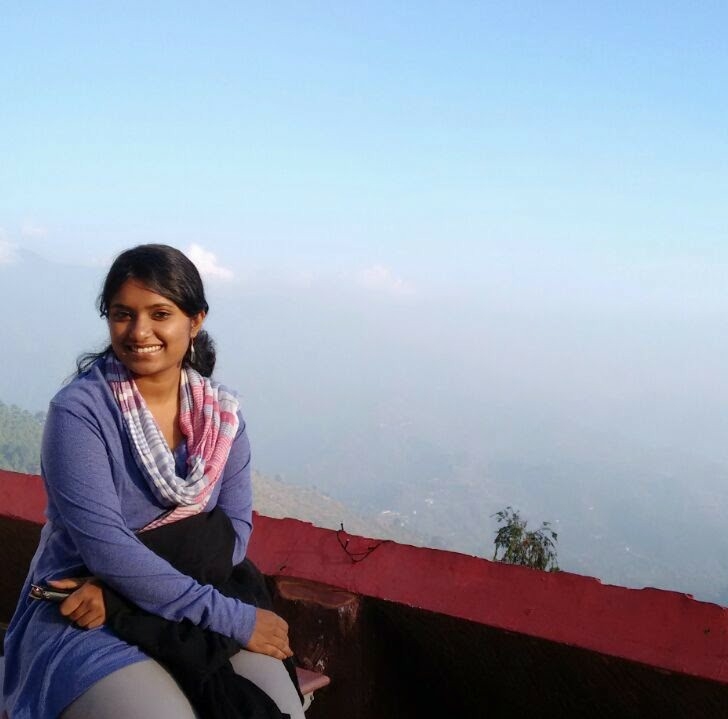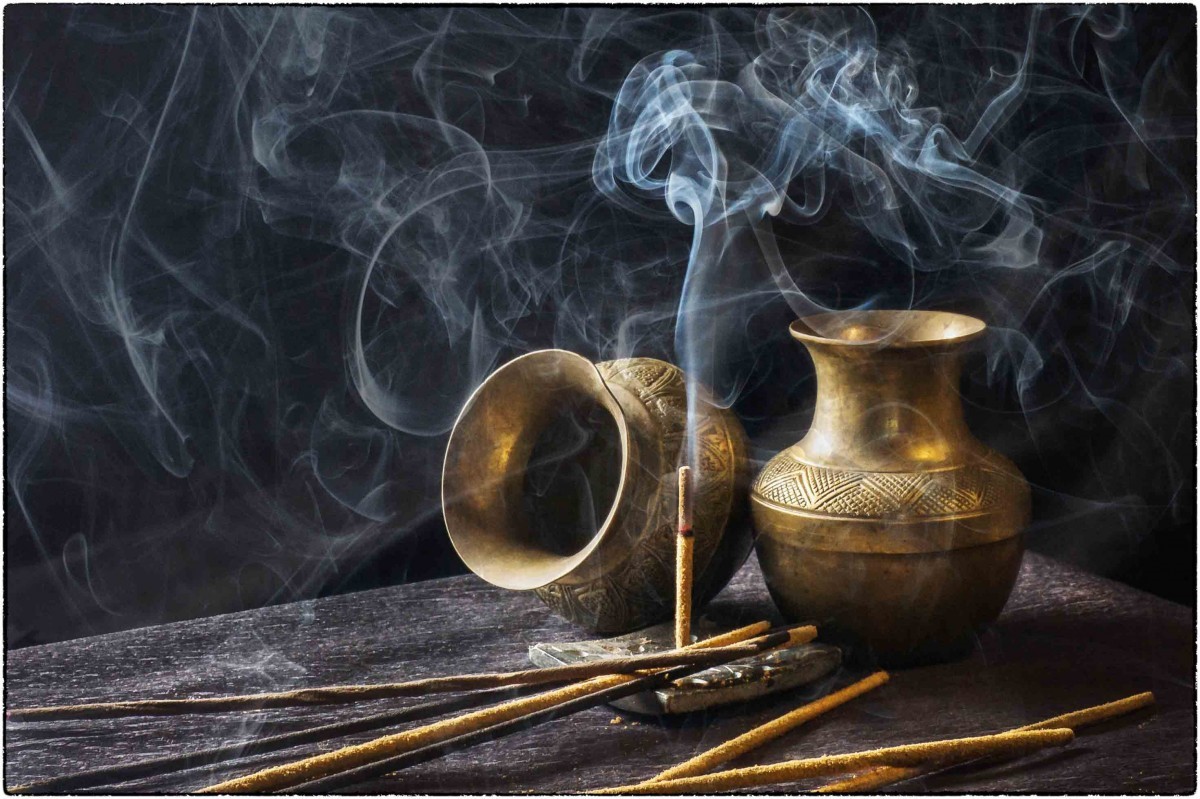
Sruthi Herbert
Four years have passed since the first part of this article was written.
In the first part, I asked:
‘How do some feminists in India arrive at the conclusion that being a ‘man’ invalidates Dr Ambedkar’s contribution to anti-caste, gender struggles?… Simultaneously they seem to be ruing that the marginalized struggles take seriously, only voices from men and women who have identified as the marginalized. What is this place where feminism stands? Where does this come from? Really, how did we get here?
Does it come from any Dalit, Bahujan or Adivasi women’s articulation? Or does it have any roots in savarna women’s articulations about the seemingly dichotomous relationship between caste and gender?
These questions continue to be relevant, even more so. Feminism in India, imported from the West, and applied to all communities has some interesting characteristics. In its simplest articulation, patriarchy permits violence and other discriminatory treatment against women generally to the advantage of men. In India however, two interesting features coexist with this version of feminism.
- When multiple identities other than gender comes into play, the Dalit, Bahujan and Adivasi men are seen as the key perpetrators of patriarchy, especially against the Dalit woman victims.
- The Brahmin woman as the victim of the Brahmin man is not a popular trope, even in the writings of Brahmin women.
This means that it is as easy to criminalise marginalised men as it is difficult to pinpoint the Brahmin man as the source of violence and discrimination against women. This is not a hypothetical danger; the incidents in Kerala surrounding the marriage of Dr Hadiya Asokan illustrated how this variant of feminism makes it easy to criminalise lower caste men.
In short, this case revolved around the conversion of Akhila to Islam and her subsequent change of name to Hadiya and marriage to a Muslim man.1 A Habeus Corpus filed by her father resulted in the Kerala High Court annulling her marriage and leaving here in her father’s custody. This ruling, going against the right of an adult woman to choose her religion and her partner came under severe criticism and was then taken to the Supreme Court. This was the point at which several progressives intervened on Hadiya’s behalf. University students including those from JNU, DU, HCU etc showed their support for Hadiya. Several of these mobilisations to free Hadiya cast her parents, particularly her father as the islamophobic Hindu man imprisoning his daughter against her will. This, despite the plainly evident fact that it was the state of Kerala that had used its police force to give her ‘protection’ (also to be noted that the National Investigative Agency chose to paint Hadiya’s marriage as Love Jihad, and this case was discussed as such in national media).2 Progressives pushing this narrative did not stop to wonder how it is that Hadiya’s father could single-handedly install floodlights around her home, put Hadiya under police protection with female police officers watching her all the time, and allow Hindu outfits and people like Rahul Eswar to visit and make videos (but stop the Superintendent of Police and the head of the State’s women’s commission from visiting Hadiya) etc. It seemed that Mr Asokan, the father was larger than the state itself, more powerful, an individual who had absolute control over not just Hadiya but the entire state apparatus.
While these discussions happened, what was conveniently glossed over (until some of us talked about it on social media) was that Hadiya came from an Ezhava family. Her father was an ex-serviceman, and an atheist who was keen on educating his daughter.3 In overlooking the savarna nature of the judiciary, the state law enforcement bodies and the state women’s commission, the progressives demanding freedom for Hadiya conveniently slipped into a narrative where this Ezhava man was simply an islamophobic patriarchal father was imprisoning his daughter!
This made an exceptional patriarch out of the father, as if his actions were incomprehensible and could not be understood at all. What was special about Hadiya’s home that gives it such specific patriarchal nature that is not there in other homes (including that of her supporters) – not just in Kerala, but across the world? Do upper caste men not stop their daughters from being educated anywhere in India? Do they not expect women to be servile to the wishes of the father/man of the family? Do they not imprison their daughters and even kill them? (The answer to all these questions are ‘yes’ if it is not self-evident). This is where it becomes possible to see how such a trope of the criminal lower caste man has already been sanctioned by common sense and academic wisdom. Dalit-Bahujans have long borne the brunt of being the key propagators of patriarchal norms, and the Bahujans especially stand accused of being ‘footsoldiers’ of Hindutva. The narratives, in this case, fit neatly into these mainstream savarna views held by the progressives. Indeed, anyone who wrote humanely about Hadiya’s parents were seen as islamophobes and apologists for Hindutva.4 Some of us were seen as apologists for the ‘Bahujan father’ when we tried to point out the social location of the family and say that this is a typical situation where a Bahujan man was being criminalised with ease. Radical folks who locate the state as the problem and take pride in being anti-state had no qualms in ignoring the terrifying violation of freedom facilitated by the state and instead put the blame at the doorstep of parents.
This case illustrates that for all its talk of intersectionality, women’s rights movements in India have not made a positive contribution to the Dalit Bahujan in this country. This point that we are at, where it is easy to criminalise men from marginalised communities is a contribution of feminism and righteous radicalism in India, which often is upper caste common sense masquerading as progressiveness. We have got here through convoluted formulations (outlined in the beginning) that has made it acceptable to take Dalit Bahujan and Adivasi individuals as proxies for their communities and in broad brush strokes, criminalise communities. This must be why in this case, a letter was quite inexplicably put out specifically by members of the OBC communities in Kerala dissociating from Asokan’s actions. While upper caste perpetrators of crimes against women are not named or identified by their caste in popular discourse, the treatment meted out to the Bahujans are very different.
It is a variant of the same feminism that allows seeing Dr Ambedkar as a ‘man’, after all, despite his contributions to women’s rights in this country. Feminists who do not think being a man is a disqualification to be one has no qualms dismissing a champion of rights of the oppressed as a ‘man’ and therefore, not being able to sufficiently imbibe feminist radicalism! As pointed out in the first part, it is almost as if anti-caste activism and women’s rights have to stand in contradiction. From here comes the idea that Dalit Bahujan women are ‘protecting their men’, and the more recent version that these men who are being protected now have to be called out. As if women involved in anti-caste work were oblivious to the working of patriarchy and never spoke up until ‘calling out’ became a thing, and men involved in this work were patriarchs themselves. As if gender equality is so complex that it could not have been embedded in Babasaheb’s works, or practiced by Ambedkarites. When the entire edifice of savarna feminism has allowed upper caste men to slip away from under the radar!
In closer introspection, it is clear that the practice of extending individual’s crimes to their communities have only been a burden borne by the bahujans. This then, is in the structure of things, the theoretical formulations and its savarna underpinnings in India.
References
1 See https://indiankanoon.org/doc/74329092/ and http://www.scobserver.in/court-case/hadiya-marriage-case for details about the case.
2A google search using these key words will reveal the nature of the discussions around Love Jihad in Hadiya’s case.
The upper caste nature of atheism in India, and whether atheism is even possible in this country of castes is a different discussion that is not entered into here.
3Sunny Kapicadu’s take on the situation at Hadiya’s home was met with these accusations.
4Lately calling out ‘Ambedkarites’ for being patriarchal has become mandatory for the woke anticaste feminist.
~~~
I wish to thank Anu Ramdas and other writers on Savari for the constant insights about the working of patriarchy in
the caste society.



